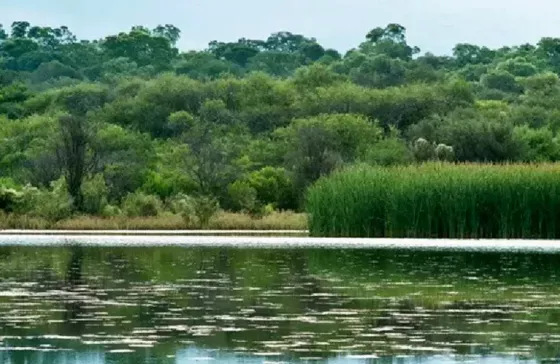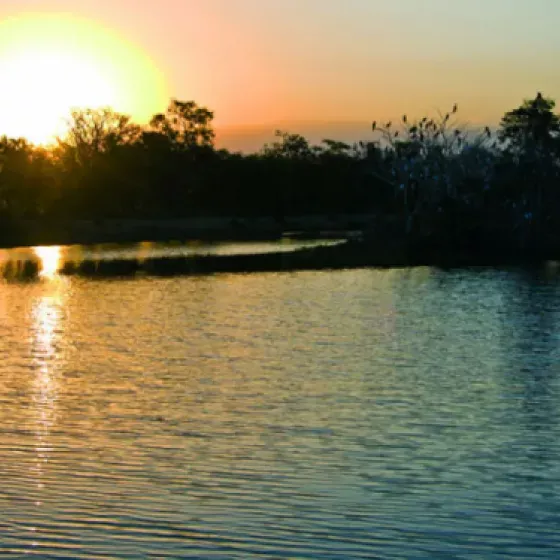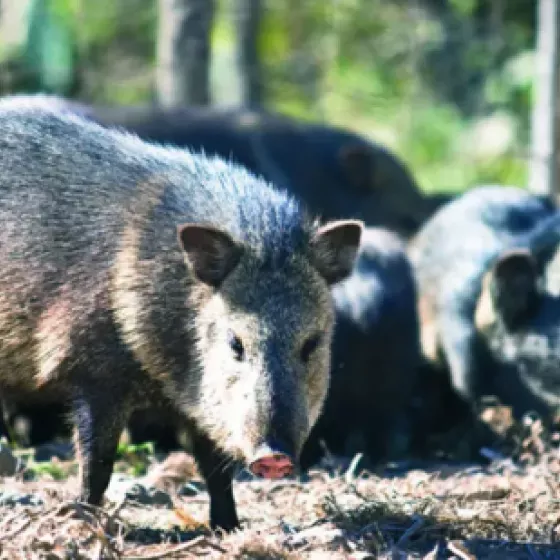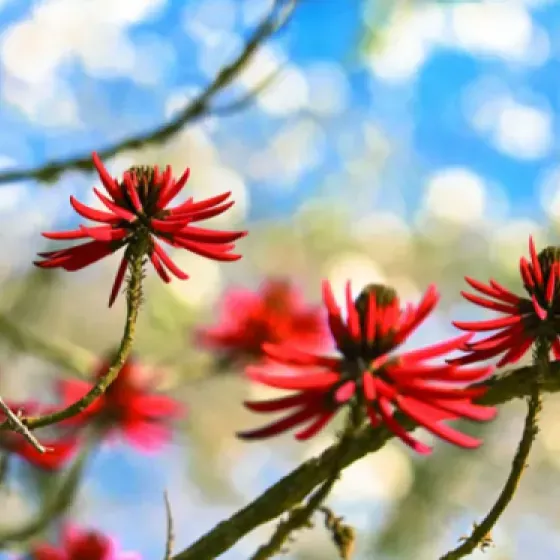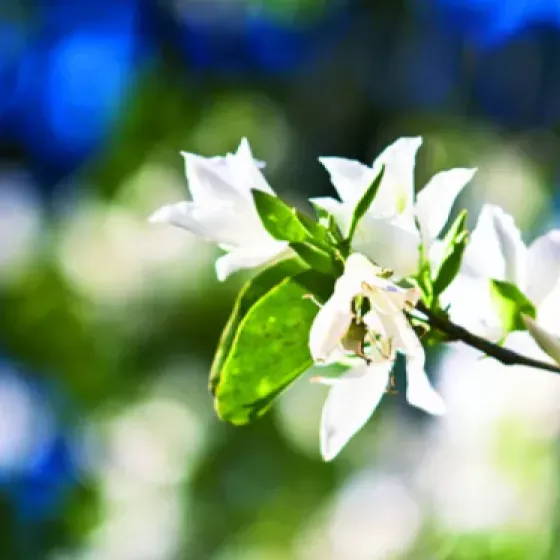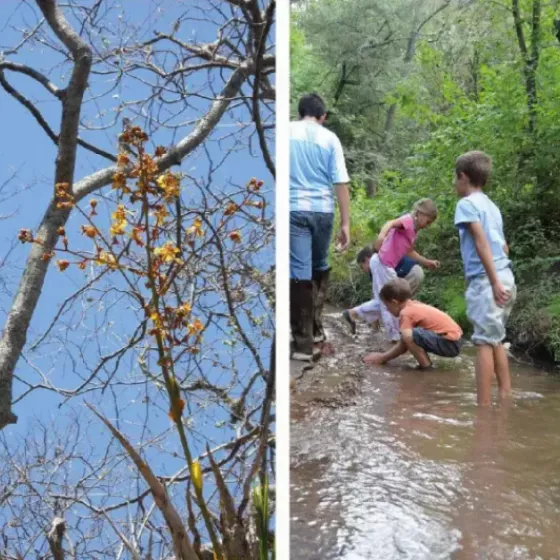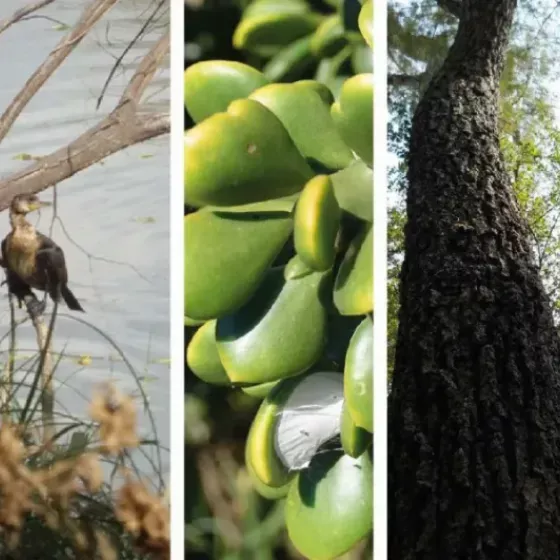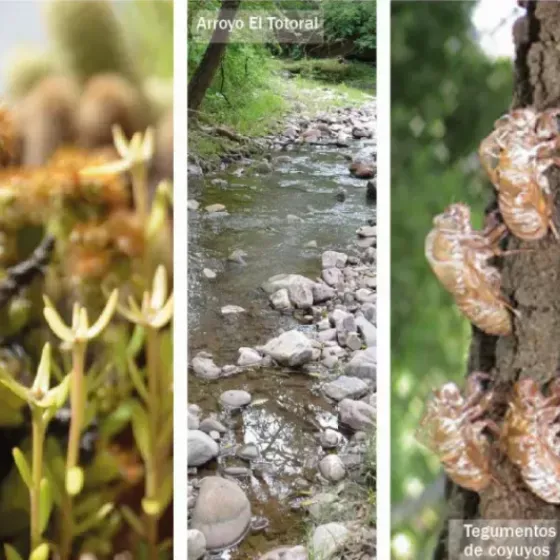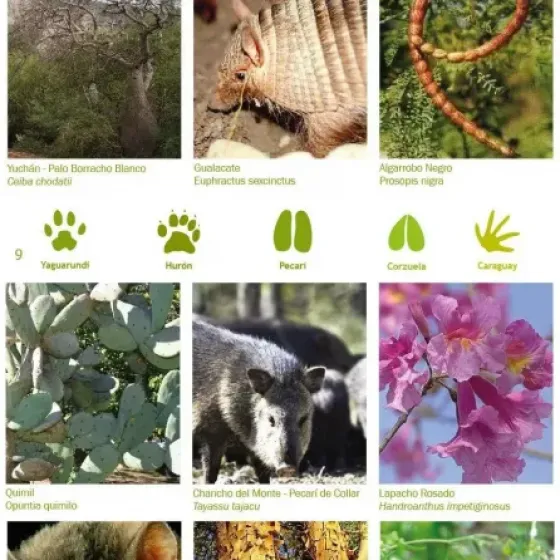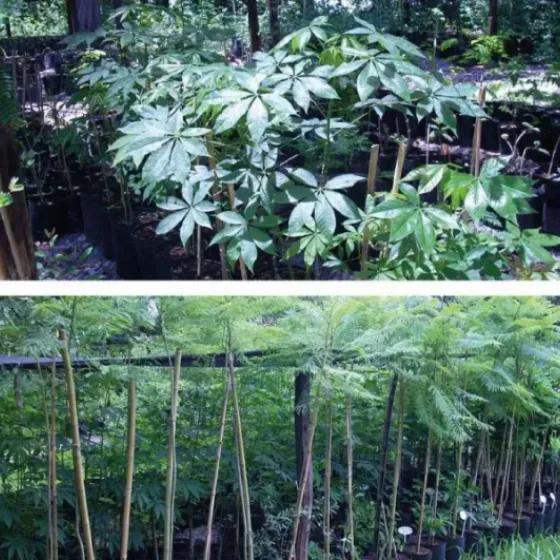Discover, experience, and learn about the nature of this reserve in northern Argentina.
The El Totoral Nature Reserve is located in a transition zone ("ecotone") between the foothill forest and the mountainous Chaco of Salta, two ecosystems of great ecological wealth.
The project is driven by a small, long-standing family business recognized for its sustainable agricultural practices and for pioneering the experimentation and development of non-traditional activities on the farm.
A multidisciplinary team of environmental specialists (agronomists, biologists, lawyers, among others) works at the reserve. Conservation requires effort.
The El Totoral Nature Reserve is made possible through support from the National Fund for the Enrichment and Conservation of Native Forests, established by the Forest Law, and through contributions from other institutions, individuals, and companies interested in the protection of native forests.
Surface
The area that today comprises the "El Totoral" multi-use reserve was once inhabited by pre-Columbian native communities. Later, with the arrival of the Spanish, the area was populated with settlements called "haciendas." Timber and firewood were extracted from its forests.
Later, it was converted into a cattle ranch, and firewood and other resources such as mulch (the fertile soil layer) continued to be extracted for tobacco plantations.
Goals
It is a natural protection area designed to preserve the environment, protect the native flora and fauna species that inhabit the area, provide a space for scientific research, and develop sustainable productive projects.
We will also seek to integrate neighboring communities by supporting local artisans.
Protect the reserve area.
- Implement a native forest management and conservation plan.
- Improve and develop existing environmental potential through enrichment and restoration: reforestation and multiplication of native species.
- Conduct on-site research (natural resources, biodiversity, valuable species).
- Provide environmental education.
- Offer an environmental interpretation center and trails to explore the reserve with appropriate signage.
- Prevent forest fires and environmental crimes such as poaching and illegal logging.
- Social development (handicrafts, social promotion).
- Environmental services (ecotourism).
Conservation
It is important to conserve nature, as its richness lies in the functions and services it provides:
- Preservation of representative samples of biological and genetic resources (perhaps, for example, substances of medicinal value to cure diseases)
- Regulation of watersheds
- Soil fixation
- Capture of carbon dioxide and other greenhouse gases
- Scenic value for tourism, recreation, and aesthetic enjoyment.
Species
The forest and biodiversity inventory currently being conducted recorded:
- 82 tree species, belonging to 34 families
- 60 ornamental plant species
- 6 orchid species
- 21 bromeliad species
- 13 cactus species
- 74 wild bird species
- 16 macromammal species
- 15 reptile species
- 7 amphibian species
Some specimens that are in our reserve are:
- Ampalagua or Lampalagua (Boa constrictor occidentalis)
- Pacardá Timbó Colorado (Enterolobium contortisiliquum)
- Mount Comtin Guan (Penelope obscura)
- Quimil (Opuntia quimilo)
- Shancho del Monte - Collared Peccary (Tayassu tajacu)
- Pink Lapacho (Handroanthus impetiginosus)
- Yuchan - White Drunken Stick (Ceiba chodatii)
- Gualacate (Euphractus sexcinctus)
- Black Carob (Prosopis nigra)
- Vampire (Desmodus rotundus)
- Chañar (Geoffroea decorticans)
- Alligator Yacare (Caiman latirostris)
The Plant Nursery
In order to carry out the enrichment and ecological restoration of the native forest, there is a small nursery where seedlings of native species, both forest and ornamental, are produced.
This will also constitute one of the sustainable productive areas to be implemented as part of the project.
During the biodiversity inventory phase, "seed" specimens were identified to provide reproductive material for cultivation.
Species that are produced: :
- Lapacho Amarillo (Handroanthus ochraceus)
- Lapacho Rosado (Handroanthus impetiginosus)
- Yuchan o Palo Borracho Blanco (Ceiba chodatii)
- Cebil Colorado o Curupay (Anadenanthera colubrina var. cebil)
- Tarco o Jacaranda Jacaranda mimosifolia)
- Arca o Yapan (Acacia visco)
- Tipa Blanca (Tipuana tipu)
- Tipa Colorada o Viraro (Pterogyne nitens)
- Viraru o Marmelero (Ruprechtia laxiflora)
- Pacara o Timbo Colorado (Enterolobium contortisiliquum)
- Algarrobo Blanco (Prosopis alba)
- Algarrobo Negro (Prosopis nigra)
- Ceibo Playero o Seiba (Erythrina crista-galli)
